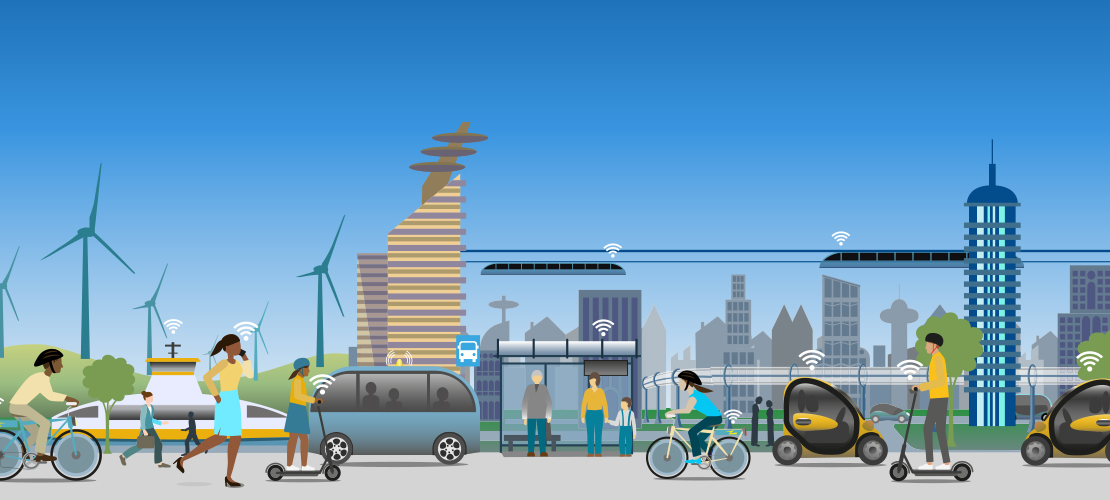
As the events industry integrates more technology into planning and execution, the most forward-thinking organizers are asking a different question. Not what tech can do, but how can it serve people better? From ticketing to check-in, event apps to real-time feedback, technology works best when it quietly supports human connection, never replacing it. Platforms like Brown Paper Tickets, a ticketing service offering digital tools for seamless and sustainable event planning, help set this tone by reducing friction behind the scenes so organizers can focus on experiences that feel personal and intentional.
Audiences are looking for more than efficiency. They want events that anticipate their needs, respond in real time, and respect their time and preferences. That means infrastructure should never feel intrusive or disjointed. It should disappear into the background and make participation easier, not more complicated. The goal isn’t more tech, but it’s smarter, more thoughtful tech.
Designing Infrastructure That Supports Connection
When planning an event, infrastructure decisions shape how people move, interact, and feel. Timed entry systems, for example, help manage flow and reduce congestion, improving both safety and attendee experience. Rather than long lines or crowded lobbies, guests arrive when they’re expected, and staff can focus on hospitality instead of crowd control.
Real-time feedback tools are another example. Whether delivered through push notifications, SMS surveys, or app-based polling, these systems offer a window into attendee satisfaction as the event unfolds. Organizers can quickly respond to issues, a room that’s too hot, a session that’s running behind, or capture high-impact moments worth revisiting later. Seamless tech allows the human elements of an event to shine through. When staff aren’t tethered to manual registration or scrambling to troubleshoot fragmented tools, they can connect with attendees, anticipate needs, and foster the kind of atmosphere that builds loyalty.
The Case for Streamlined Tech
Technology doesn’t need to be flashy to be effective. Digital tools that streamline logistics, reduce waste, and adapt to events of all sizes. With features like real-time reporting, donation-friendly pricing, and integrated email tools, Brown Paper Tickets supports everything from small nonprofit fundraisers to multi-day conferences. For lean teams, especially, this kind of infrastructure removes unnecessary complexity and frees up time for the creative and human parts of planning.
Just as importantly, the platform emphasizes transparency and accessibility, two values that matter more than ever in a climate of tech fatigue. By keeping the focus on community and ease of use, it helps organizers deliver polished, responsive events without losing sight of the people they serve. Its intuitive interface reduces friction for both planners and attendees, making participation feel seamless rather than overwhelming. In doing so, it fosters trust, a crucial currency in today’s crowded and often impersonal event landscape.
The Role of Personalization
Today’s attendees expect a degree of personalization, whether it’s being addressed by name in event materials, receiving recommendations based on interests, or having access to session reminders tailored to their schedule. With the right infrastructure, these small moments of recognition can feel effortless. But when personalization feels like an afterthought, or worse, a data grab, it undermines trust.
Thoughtful tech infrastructure builds personalization into the architecture, not just the surface. It allows organizers to collect just enough information to serve attendees better, not overwhelm them with irrelevant options. This balance is critical, especially in sectors like health, education, or advocacy, where sensitivity and privacy matter. Digital tools like customizable schedules, multilingual content, and accessibility features such as closed captioning or screen-reader compatibility also fall into this category. They make the experience feel designed for everyone, which is the essence of hospitality in any format.
Reducing Friction at Every Stage
The best event infrastructure reduces friction long before guests arrive. It starts with clear registration flows, mobile-friendly ticketing, and timely confirmations. These early touchpoints set the tone for what guests can expect, such as simple, thoughtful, and aligned with their needs.
During the event, technology should support wayfinding, communication, and connection. Apps with interactive maps, real-time updates, and networking tools turn the device in someone’s pocket into a bridge, not a barrier. When attendees feel informed and empowered, they engage more fully with the event. Post-event infrastructure is equally important. Easy access to materials, feedback channels, and follow-up content helps the experience linger longer. It shows that the event didn’t end when the lights went down, and that their voice continues to matter.
Staying Human in a High-Tech World
The purpose of infrastructure isn’t to showcase innovation for its own sake. It’s to make events better for attendees, organizers, and communities. That means choosing tools that align with your team’s capacity, your audience’s comfort, and your event’s values. Organizers don’t need to adopt every new platform that enters the market. In fact, restraint often leads to better experiences. Using fewer tools that work well together, rather than a stack of disconnected systems, makes the entire process smoother and more intuitive for everyone involved.
Infrastructure should also reflect a commitment to inclusivity. Offering options for those without smartphones, minimizing reliance on cellular networks in low-connectivity areas, and avoiding jargon or complex interfaces helps make events more welcoming across the board.
A Future Built on Intention, Not Just Innovation
As the event landscape continues to change, the infrastructure behind the scenes is becoming a bigger part of what makes an event successful. Not because it’s visible, but because it makes everything else possible. When the tools are chosen with care and implemented with purpose, they don’t just support logistics. They support trust, hospitality, and shared experience.
Platforms like Brown Paper Tickets understand this balance. By offering accessible, streamlined tools that don’t get in the way, they help organizers focus on what matters most. Creating events that connect people in meaningful ways. In the end, the best tech doesn’t lead. It listens. It adapts. It reminds us that the future of events will always come back to the people they’re built for.
